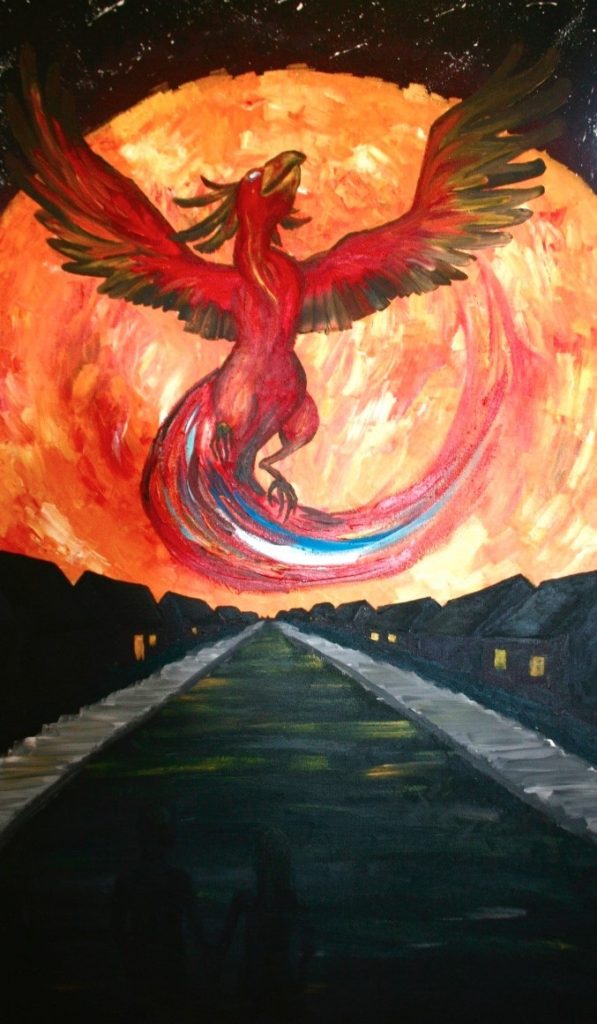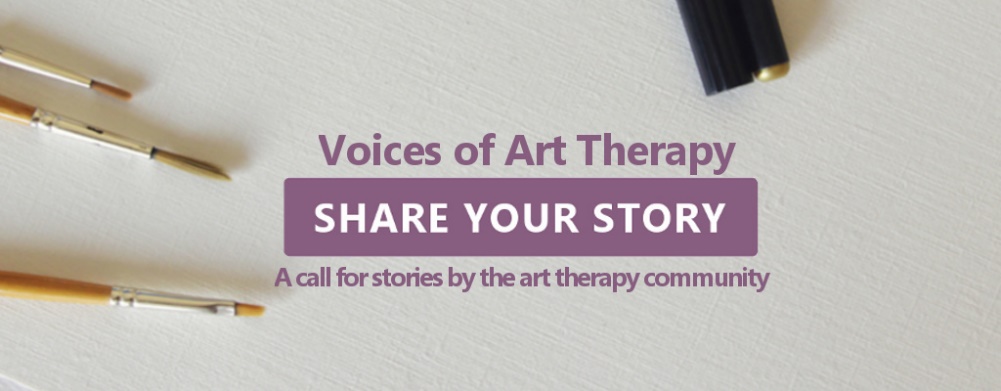By Clara Keane | September 14, 2017 | Health Care
Natalie Foster, LMAFT, pursuing ATR, “Phoenix Rising”
In 2008, my family member revealed that he had secretly been caught in a full-blown heroin addiction for the previous six years. Before, I had thought I knew him. I thought he just acted a certain way, dressed a certain way, and had certain less-than-positive attributes about him. I thought he was flaky and non-committal. I thought his personality was just a little “off”. We did not know that he was battling such a darkness that he would later describe as “handcuffs”— keeping his own hands bound behind his back, powerless to stop the cycle of his addiction.
 My family member was the first to bring the field of art therapy, and my eventual life purpose, to my attention. Having undergone a heavily art-focused treatment, he credits it to be the single most powerful aspect of his own recovery.
My family member was the first to bring the field of art therapy, and my eventual life purpose, to my attention. Having undergone a heavily art-focused treatment, he credits it to be the single most powerful aspect of his own recovery.
This was most surprising to me as he was never the “artistic” one. In the middle of his treatment, my entire family had a session using collage and markers. It was one of the few times I have witnessed such honesty and emotion between all of us.
My family was unearthing years of buried resentments, secrets, and unsaid words in a single hour. For my afflicted family member, and for the rest of us, it was truly a healing experience. Later that month, I sat for four hours and furiously painted him as a Phoenix, rising from the ashes.
And rise he did — he went through heroin rehab that one single time, nearly nine years ago, and has never looked back since. He now has a loving family of his own, his own business, and is a completely different person than the one I knew before I discovered the brilliant field of art psychotherapy. He has his light back. And he gave me the greatest, most unexpected gift: I would end up practicing this deserving and necessary work… in Phoenix, as fate would have it. I couldn’t be more blessed to have found my path in such a truly special way.
How to Share Your Story
There are many ways to describe art therapy and often a story is a powerful way to share our work. We know these amazing stories because we experience them every day and have the honor of witnessing the impact of art therapy in people’s lives. Now it’s time to share those stories with the world.
Here are some tips for effective storytelling:
- Provide focus: Concentrate on one succinct story to allow readers to connect with the experience.
- Be visual: Compelling images draw readers in. Select artwork that sparks emotion and grabs your attention.
- Use real details: Quotes, sights, sounds, and events help make your story more tangible and relatable.
- Get personal: Focus your attention on the central figure of your story. Tap into human emotion, enabling readers to form a connection with him/her/them.

Please share this link with your colleagues! All art therapists are encouraged to participate!
